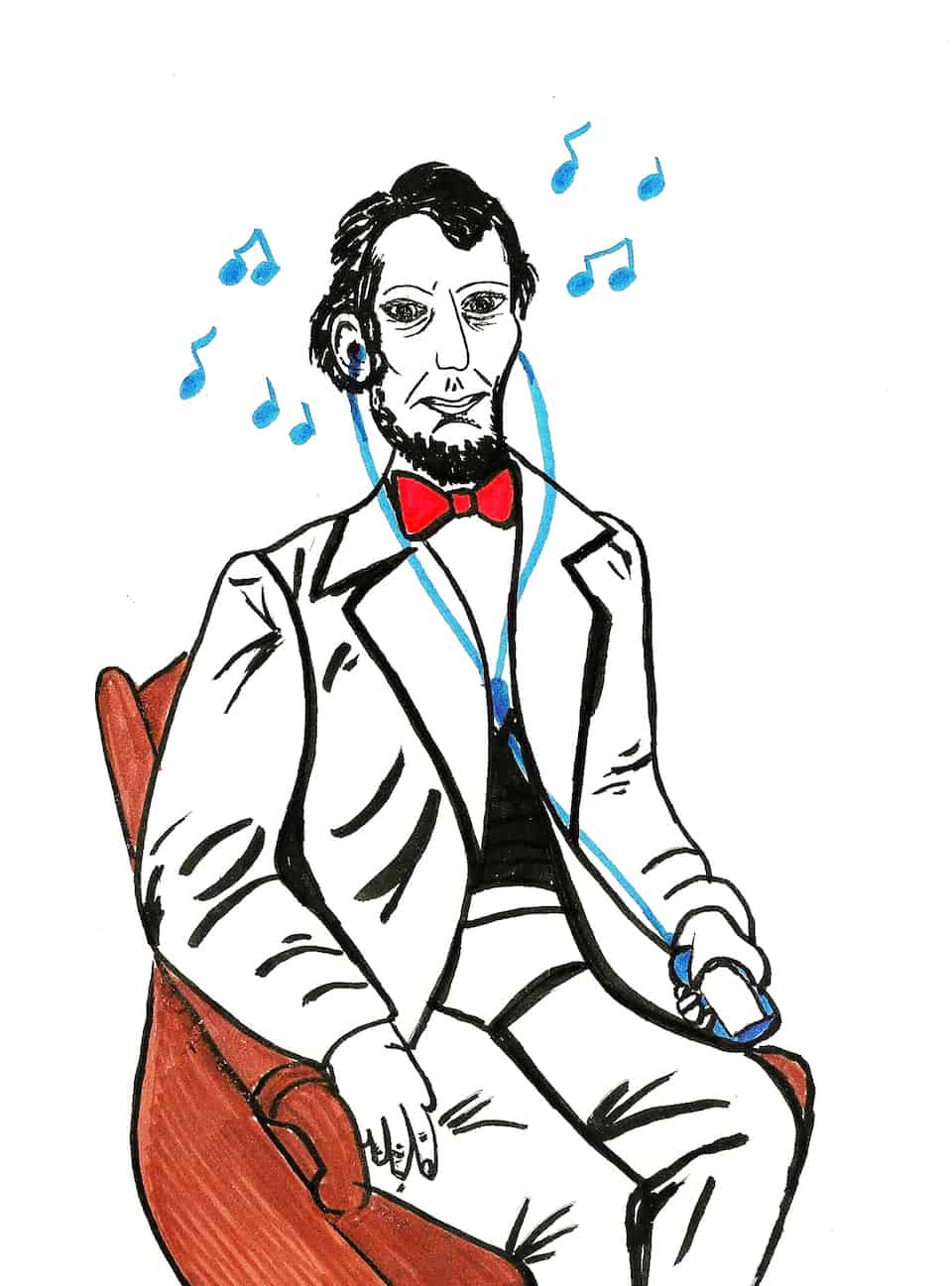Biopics — explorations of the life and work of historical figures — have existed since the early days of Hollywood cinema. From Russell Crowe’s performance in A Beautiful Mind, to Daniel Day-Lewis’ portrayal of Abraham Lincoln, biopics have contained some of the finest performances in cinema played by some of the most esteemed actors.
In fact, the past three Academy Awards for Best Actor have all gone to actors starring in biopics. By focusing on individuals, these stories have the power to illuminate the past in a relatable fashion and make important statements about the present as well. The controversy and praise accumulated by works such as Twelve Years a Slave, Selma, and Milk derive not just from their portrayal of historical events but also from what that portrayal says about contemporary life and society.
Despite their uncanny ability to attract Academy Award recognition, biopics often draw criticism for oversimplifying historical events to make the lives of historical figures more palatable to a modern-day audience.
Cinderella Man arguably portrays Max Baer, as a cold, unforgiving antagonist. According to some, The Imitation Game strongly implies Alan Turing had Asperger’s syndrome.
In other instances, the stylistic changes seem to contradict the meaning of the historical events, such as the choice to cast a white man as the protagonist of Stonewall. Many commentators criticized this as being historically-inaccurate, seeing as the actual Stonewall Inn was frequented by non-white members of the LGBT community in Manhattan. The list of biopics that have been historically mangled in order to convenience the filmmaker is endless.
Falsifications like this reinforce false perceptions we may have of the time-period and the characters, rather than revealing the truthful story of the character’s life.
This is best exemplified in All Is By My Side, a recent biopic starring OutKast member André Benjamin as Jimi Hendrix. Filmmaker John Ridley reinforces the perception of Hendrix and his crew as hopeless druggies, who ultimately care more about scoring dope than entertaining their fans. This is not entirely false; however, it allows for the filmmaker to take certain liberties in depicting Hendrix’s actual life. In the movie, Jimmy Hendrix furiously clubs his girlfriend over the head with a telephone. Following that scene, Hendrix’s girlfriend is seen downing sleeping pills, to the point where she overdoses before waking up in a hospital bed. Most of these scenes were taken from a biography written about Hendrix shortly after his death, but Hendrix’s former girlfriend, Kathy Etchingham, denies this ever happening. Many others have debunked the biography’s version of Hendrix’s life, and Etchingham went so far as to sue the authors. She has referred to the film as “absolute nonsense.”
In reality, history is far too complex to be recreated in simple, Hollywood-style narratives. It deals with real people rather than fictional creations, which is why it is imperative that filmmakers depict their subjects as accurately as possible, and acknowledge that the past may not always be a convenient story for the big-screen.


